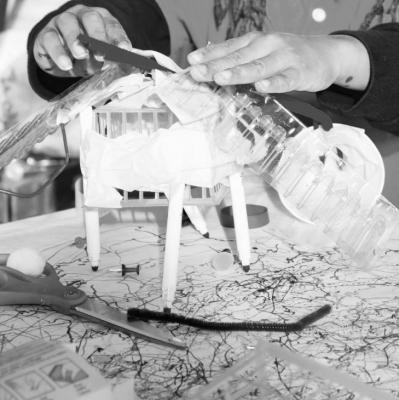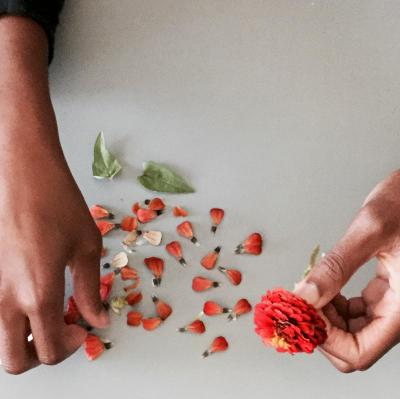這個思考模式鼓勵學生能夠慢下来,仔细觀察其中一個系统。通過這樣幫助學生更好地認識具體系統裡無論是直接或間接相關的人物,學生也會注意到系统裡任何一點變化,也許都會有意無意地影響到系统的其它方面。

Inquiry Cycle Tool
The Inquiry Cycle is a tool to support teacher and student learning—and to make that learning visible—all the while exploring the capacities associated with the Agency by Design framework for maker-centered learning.

Exploring the Role of the Arts in Maker-Centered Learning Experiences
Participants at the Arts Education Partnership National Forum consider the role of the arts in maker-centered learning experiences.

Exploring Complexity: A Capacity of Sensitivity to Design
Educator Gus Goodwin shares how his students engage with the Agency by Design capacities during a design and engineering challenge, specifically highlighting the capacity Exploring Complexity.
Video by Alex Coppola
Featured photo by Jaime Chao Mignano

Think, Feel, Care
This routine encourages learners to consider the different and diverse perspectives held by the various people who interact within a particular system.
“深入拆解” 的思考模式
這個思考模式通過讓學生慢慢、細心地觀察物件和系統中的細節,鼓勵他們不止觀察物件的表面特徵,更重要的是了解其內部運作。這個思考模式可以激發學生的好奇心,鼓勵他們勇於提出問題,並且能做更深入的研究。

AbD Framework + Moves Handout
An easy reference handout of the Agency by Design Framework for Maker-Centered Learning.

Reflect, Connect, Project
This thinking routine helps learners to think in the past, present, and future, viewing their making in the context of a long-term and broad trajectory of learning. It is meant to cultivate an ongoing reflective practice in the classroom.

Introducing the New Agency by Design Website
Welcome to the new Agency by Design website! Because the new website is so rich with content and features, we think it might be helpful to take you on a tour to get a sense of all it has to offer. The new site boasts 29 educator tools and practices that accompany the Agency by Design framework for maker-centered learning, featured documentation and assessment resources highlighting the most recent phases of work, Agency by Design media and publications, and project and funder pages to highlight the Origin Project, Early Childhood in the Making, and Making Across the Curriculum. The video below walks you through the elements of the site and gives an overview of each page.